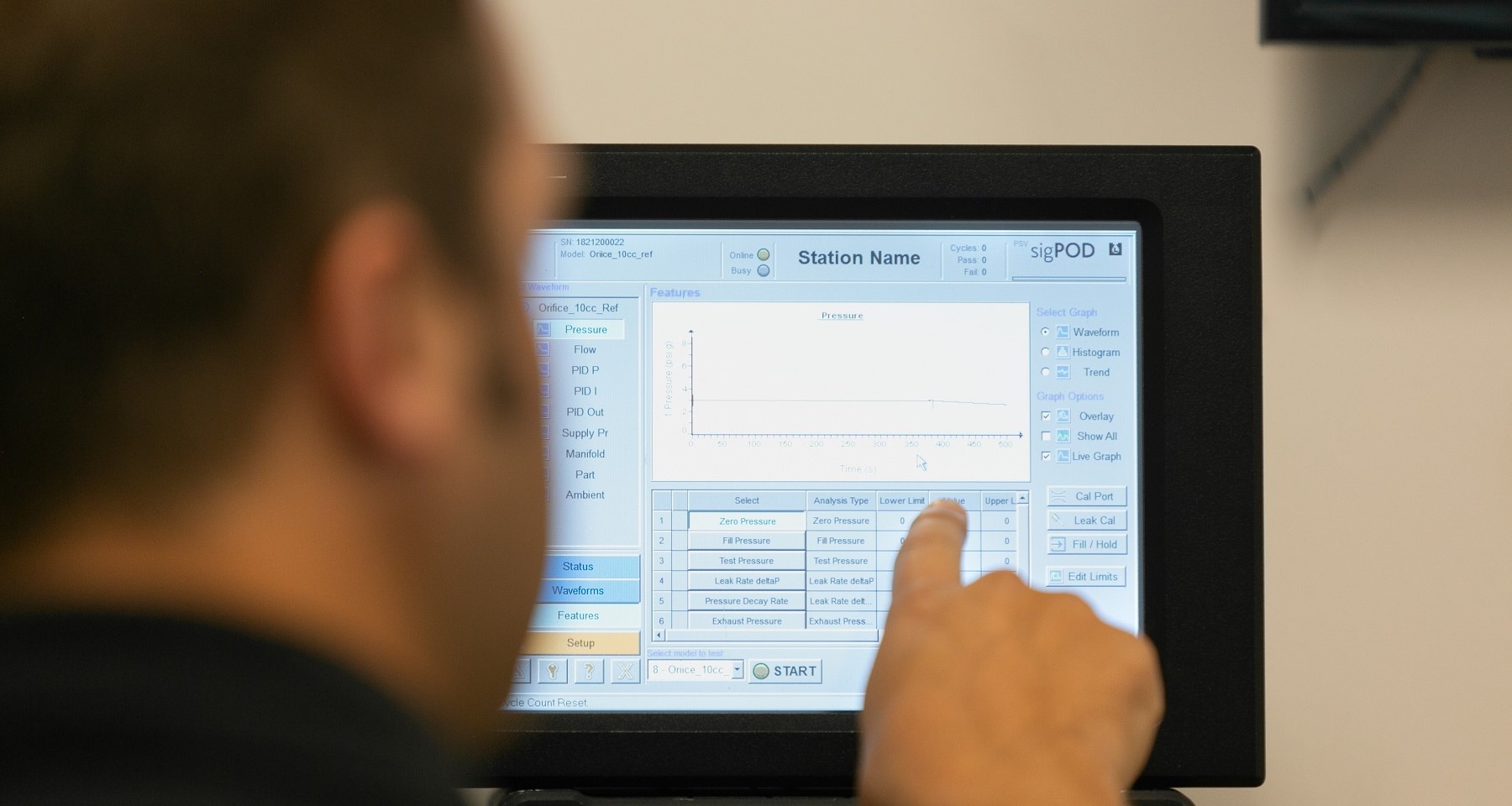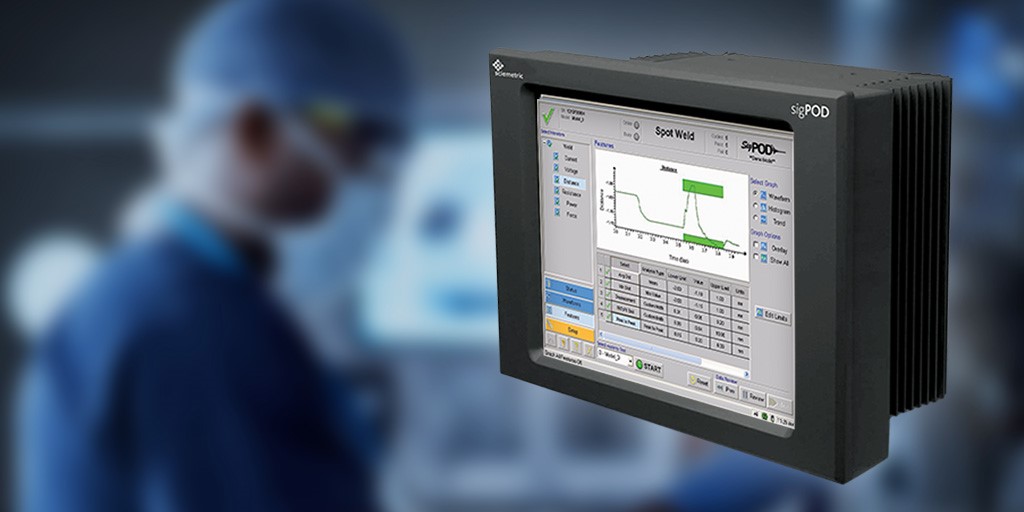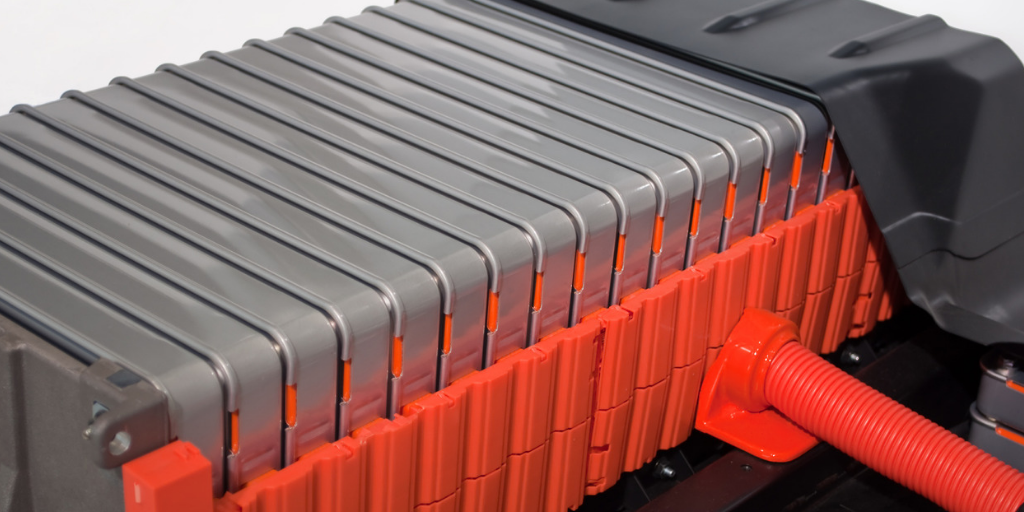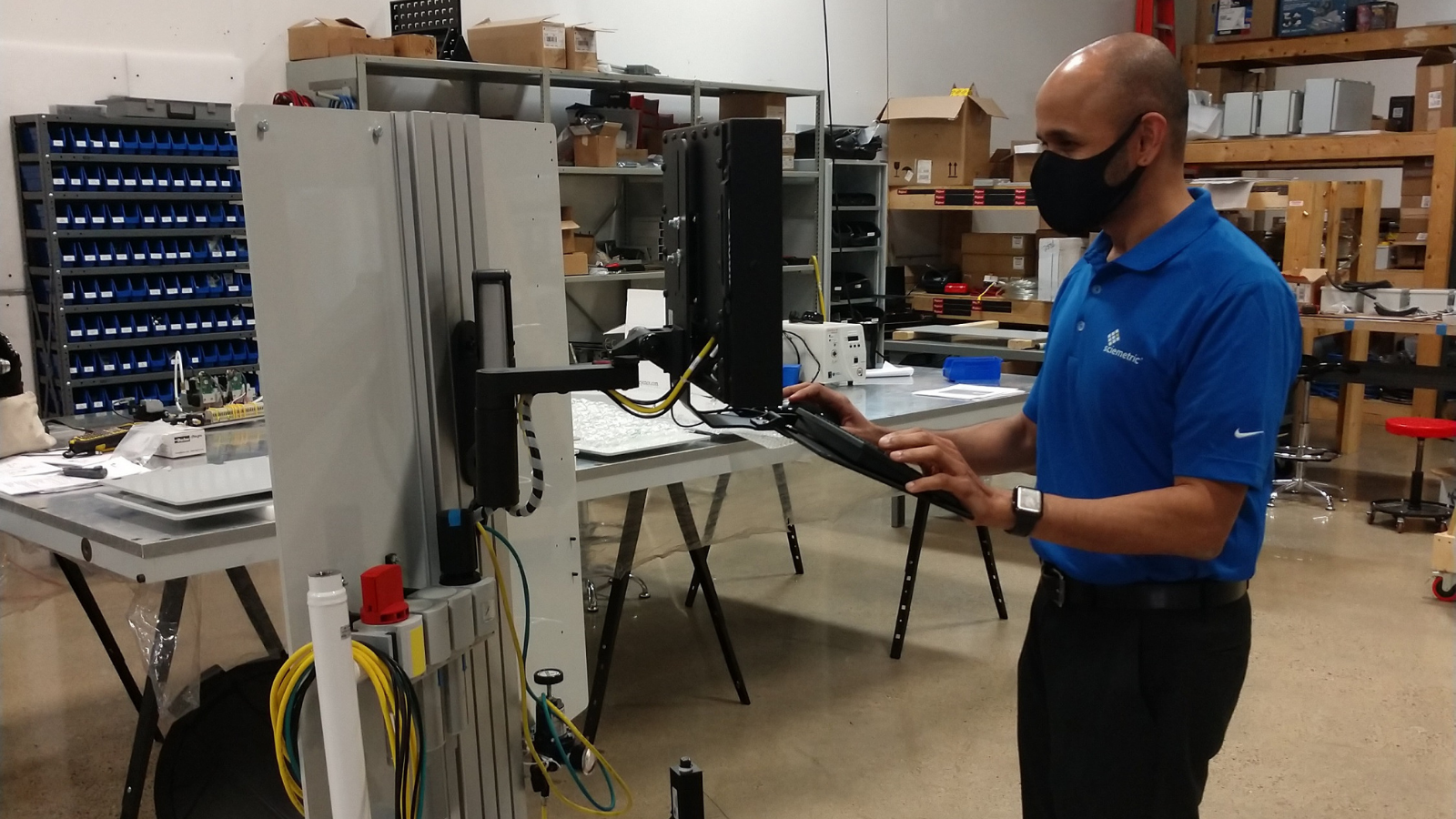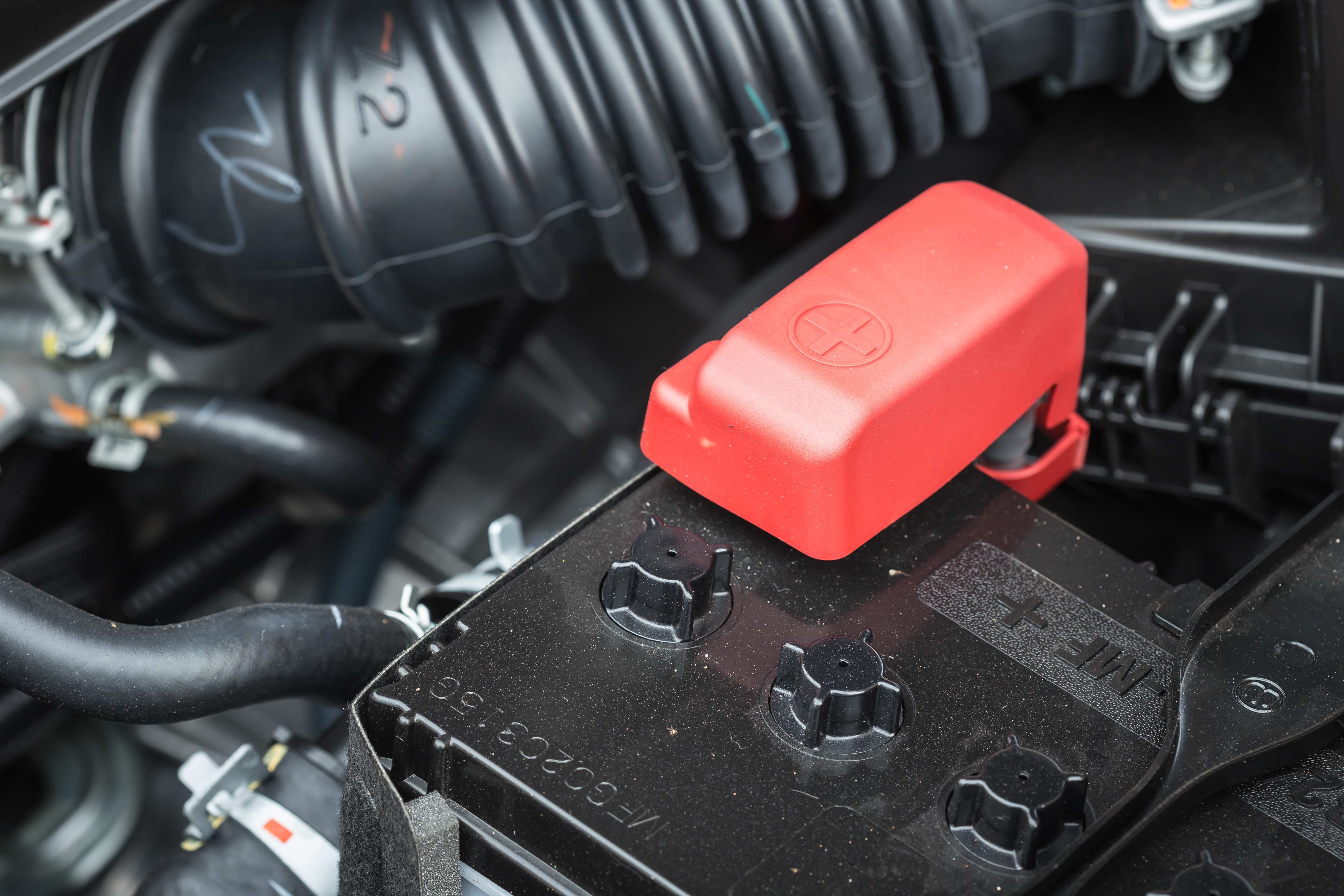Why relying on end-of-line is bad for your bottom line
Digital process signature analysis: The first step to Industry 4.0
Many manufacturers continue to focus on data collection rather than data utilization. They don't yet have the modern data analytics tools in place that will allow them to squeeze from their part data the actionable insight that is crucial to meeting Industry 4.0 benchmarks they are seeking for quality, yield and traceability. Learn why digital process signatures are your first step to meet Industry 4.0 objectives.
A more reliable weld test through data, without the need for destruction
The traditional approach to testing weld integrity is often destructive pull-test, with its shortcomings. Perfectly good assemblies may be ruined, while faulty ones can still slip through and be shipped for use. With digital process signature analysis, however, all the metrics that identify problems can measured to catch defective parts.
Battery pack leak test: The challenges of getting an honest result
A variety of factors make it difficult to simulate the exact leak conditions battery packs will experience in the field, but there are strategies to achieve an effective battery pack leak test. Here are two of the key challenges you are likely to encounter with battery pack leak testing and strategies to overcome them.
How the network edge can help your plant or industrial operation optimize cloud resources
Many manufacturing and industrial facilities have chosen to recruit capacity from a public cloud service provider to help them manage their data. However, while the cloud is a relatively cost effective, simple to manage, and scalable solution to suit your needs, it can also create some other challenges. Learn more.
Optimize manufacturing test cycle times using digital process signatures
Go beyond station checks to improve product quality and line efficiency: The value of process monitoring and data analytics
Monitoring for weld expulsion: A prime cause of weak welds, defects
NVH Testing Part 2: Ensuring smooth cruising for wheelchair drive motors
John Perkins recaps a use case for noise, vibration and harshness (NVH) testing. A multi-channel sigPOD platform with a strategically located accelerometer helped a wheelchair manufacturer catch problems with motors and gearboxes during production to avoid warranty claims.
Skip the sound room: How to keep noise/vibration testing on the line
John Perkins discusses how an ICP-based accelerometer that’s connected to a test monitoring system can keep noise, vibration and harshness (NVH) testing on the factory floor and avoid the cost and complexity of having to use an anechoic chamber.



